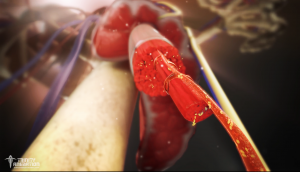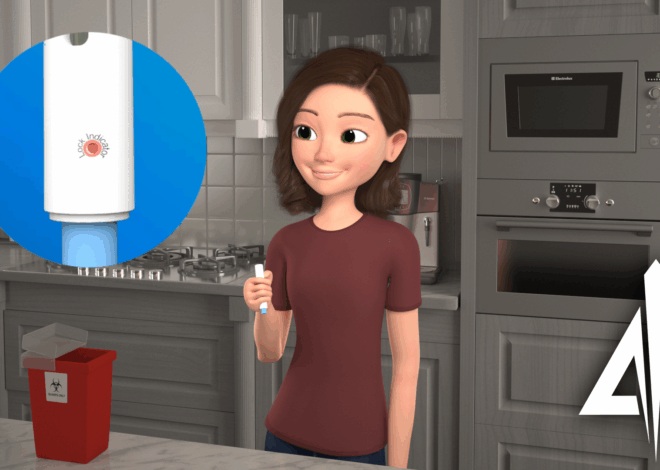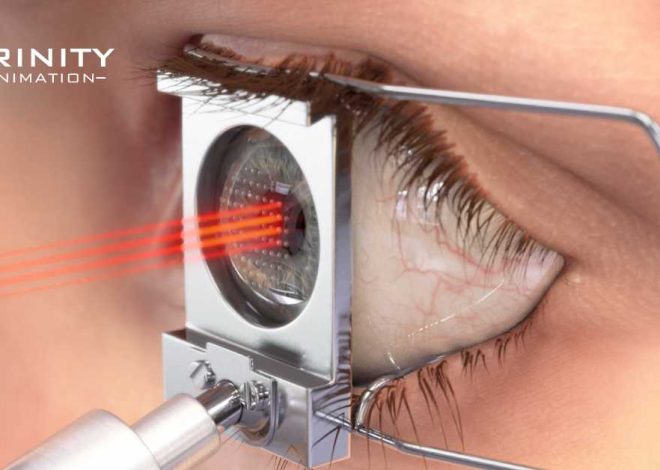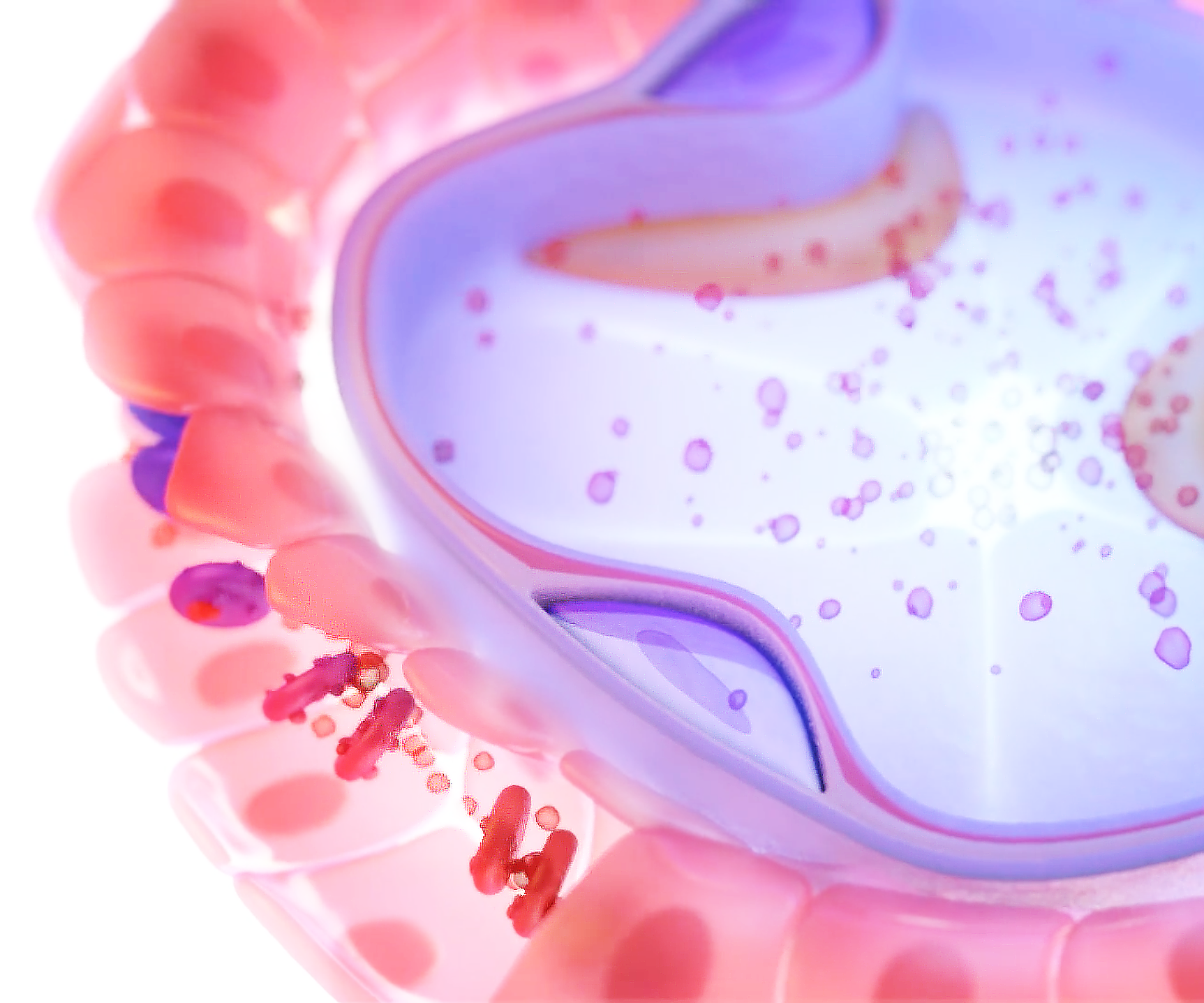
Mechanism of Action Pharmacological Animations
The term “Mechanism of Action,” as used here, refers to the biochemical process through which a drug produces its effect. Drugs typically bind to receptors, which are located on the surface of cells or within a cell’s cytoplasm — a clear semi-solid substance within a cell. Closely related is a term used by some authors: “site of action,” meaning the location in human tissue to which a chemical or drug binds. Some drugs act as an “agonists’ activating the receptors they to which they bind, and, consequently they increase or decrease the activity within the cell. Other drugs, know as as “antagonists” act to block the receptors to which they bind so that natural agonists within the body cannot bind and are, therefore, rendered ineffectual.
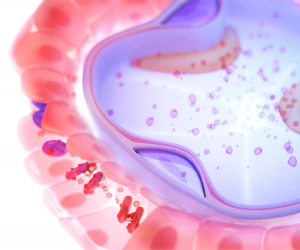
Whether it is a previously approved drug with an unknown mechanism of action, a natural product or a novel molecule identified in the laboratory, researchers seek to understand how a drug or molecule of interest exerts its effects. Once understood, the specific biochemical interaction can be difficult to accurately explain, as the process involves microscopic elements not visible to the naked eye and potentially complex multi-dimensional molecular structures.
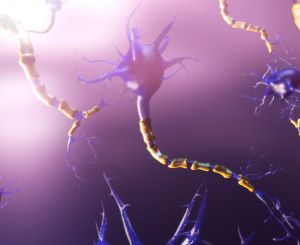
Trinity’s animators can help clarify your most complicated mechanism of action (MOA) process with a compelling molecular animation. The 3D imagery displays microscopic elements with a unparalleled level of clarity. These pharmaceutical action animations take viewers on an accurately simulated microscopic journey which provides them with a comprehensive view of the drug’s mechanism of action. The same process can be viewed from many different angles, at differing level of enlargement and at different speeds. One of the most important potential uses of a Trinity mechanism of action animation is the submission of an application to a government agency, such as the FDA for approval of a new drug. Once a comprehensive mechanism of action animation has been created it can be re-purposed for patient education materials, as well promotional materials for the medical community. Individual frames of the animation can be selected and rendered at an appropriate resolution for print materials, or for display on a website, or at a medical society gathering.
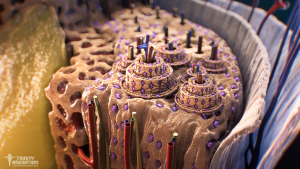
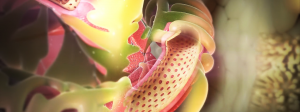
Trinity’s mechanism of action (MOA) sample reel is a compilation of several original source animations covering different biochemical phenomenon. The compilation gives the viewers an idea of the broad range of micro-level subjects that can be explained through the power of 3D medical animations by Trinity Animation.
The final 3D medical animation is beautifully rendered with stunning imagery and smooth motion. They successfully transmit vital information to health care providers about important complex biological processes. Trinity’s 3D medical animations provide the perfect balance of hyper-clarity and unique visuals displaying microscopic and internal organ imagery which explain bio-chemical processes in an impressively effective way. This rare skill allows Trinity to provide clients who need microscopic elements demonstrated through medical animations with the highest quality available.
